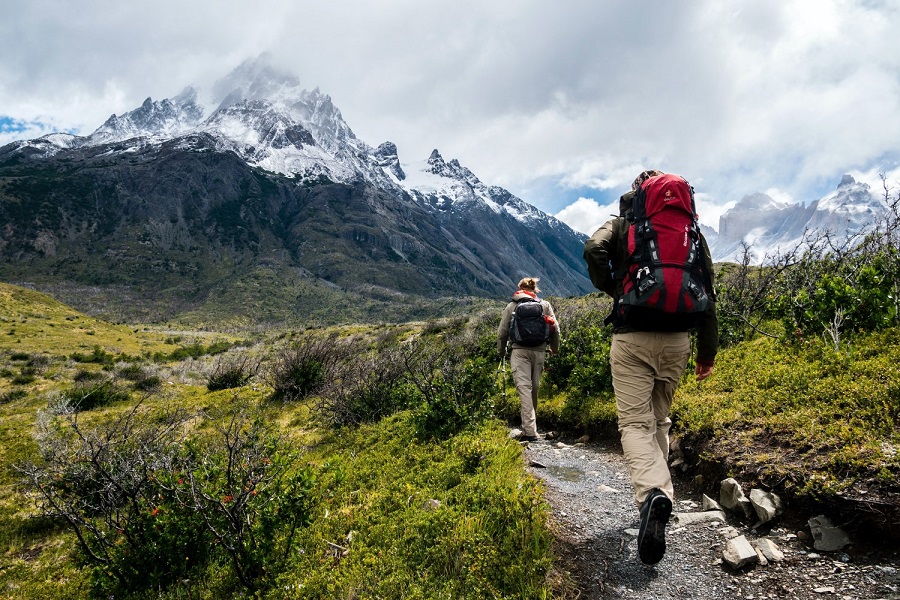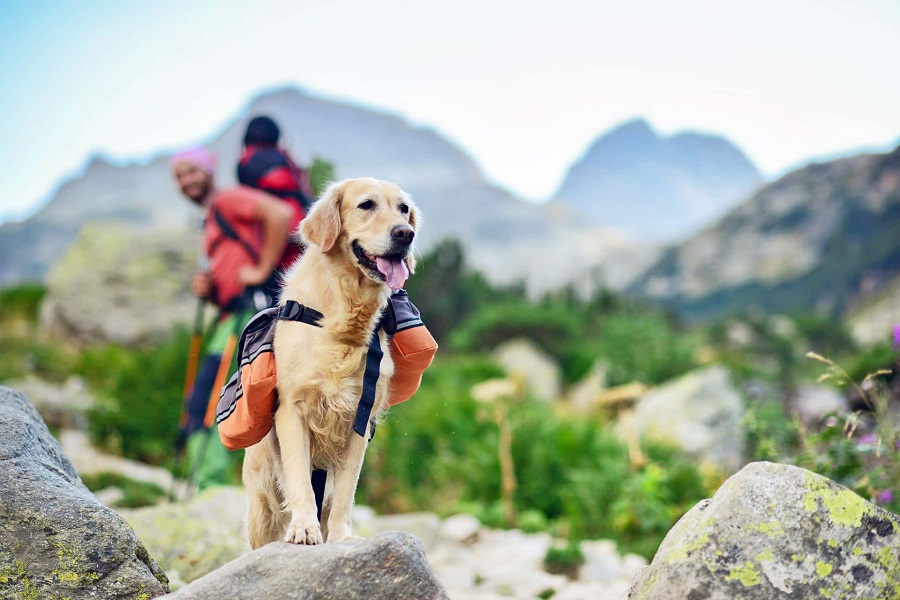Even the most expert hikers might find themselves lost from time to time, and although you might think you know the local area like the back of your hand, there is still a genuine possibility you’ll become lost someday.
So you must be well prepared while hiking on the trails
If you do happen to find yourself in trouble and you need help, whether it’s a medical emergency or you’ve lost your way, there are a few ways you can reach out for help.
You must stay safe while hiking so let’s name the 5 ways that can help you while doing so.
Most of these methods require a bit of planning, so it all comes down to what you’ve packed in your backpack in preparation.
5 Ways To Get Help While Hiking On The Trails
Embarking on a hiking adventure can be an exhilarating experience, but it’s essential to be prepared for the unexpected.
Nature’s beauty and serenity come with challenges, and sometimes, you may find yourself in need of assistance. In this guide, we’ll explore the essential ways to get help while hiking, ensuring your safety and peace of mind throughout your outdoor journey.
Whether you’re a seasoned hiker or just starting, these tips will equip you with the knowledge to handle unforeseen situations and enjoy the great outdoors responsibly.
1. Cell Phone
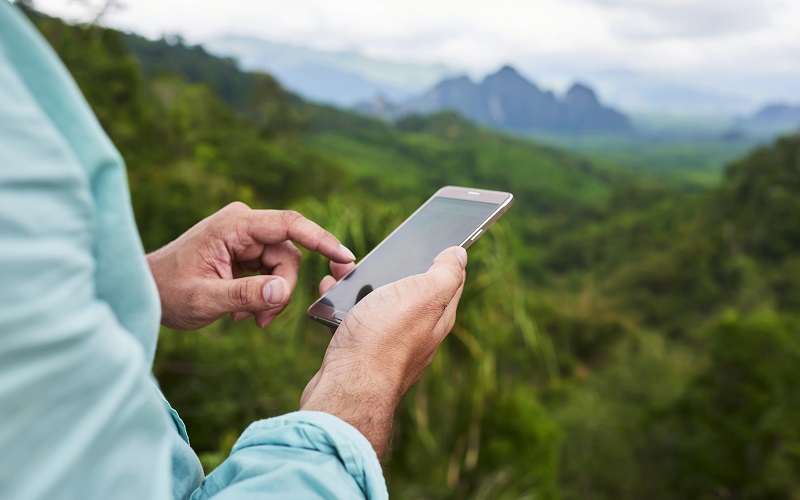
These modern marvels of technology have helped many hikers out of bad situations, but there might be times when you don’t have phone reception to make a call.
Thankfully, you can still attempt an emergency call on most cell phones without any service, and often this will still work.
The way our cell phones operate is that once you’ve placed this call, it sends a signal to your location. This way, SAR teams can communicate with emergency services to pinpoint where you are.
When the call doesn’t connect, there is still a chance your location has been received, so you should always attempt this first.
Although cell phones and GPS devices can be handy, you should never assume they can replace the traditional map and compass method.
If your batteries run out or something happens with the technology, you’ll have to rely on old-fashioned methods regardless.
2. Whistle
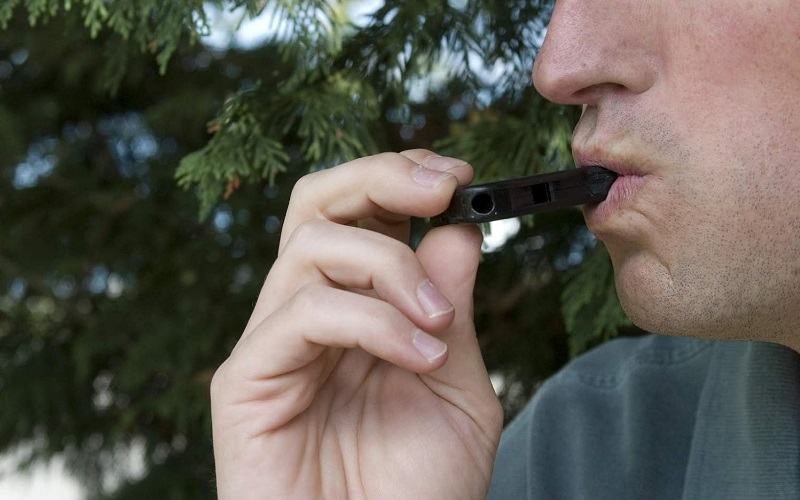
Technology aside, sometimes the best answer to being lost is an old-fashioned one.
Most hikers should carry with them a whistle that will be loud enough to draw attention in an emergency.
Ensure it’s an emergency whistle, as the standard sports kind is not loud enough to get the attention you need.
Other hikers or visitors to the area may hear your call for help and work their way towards finding you.
For such a lightweight object, it’s one of the easiest ways to draw attention to yourself at any time of the day.
3. Retrace Your Steps

This is one to be careful with, as you should never try to retrace your steps if you aren’t confident of where you came from.
Never attempt to walk back if you’re not sure of the direction and don’t have your compass and map with you.
If you’re unsure of where exactly you are, it’s best to stay put and wait in the area until help arrives or you happen to see another hiker on your path.
By venturing off and taking guesses, you’re only going to become more disoriented and lost.
4. Emergency Lighting
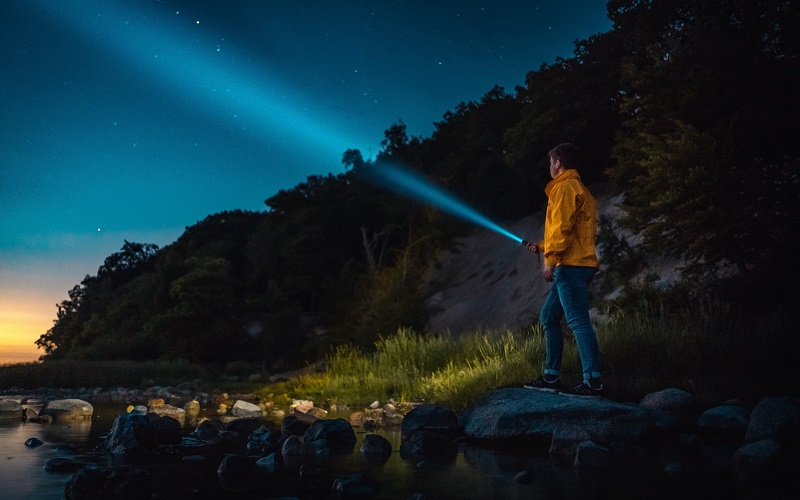
Sometimes the best option is to show others where you are with lighting. Depending on the time of day, there may be different options that are going to draw the most attention.
During the day, using a mirror and the natural light of the sun to signal where you are is usually the most effective.
At night, you can use distress lighting on your flashlight or other methods, such as flares, if you have them handy.
5. Create A Large Signal

Just like in the movies, there may be times when you’re forced to go big.
Whether you want to create a smoke signal or spell out SOS with branches, these methods have proven to be very successful in drawing attention.
Try to find an area with a clearing of trees so that your message can be picked up more easily from the sky.
Incorporate this with a sound signal, such as your whistle, for added effect.
Before You Go On Hike
Always relay your hiking plans to someone!
Before heading off on a hike, no matter the length, you should always relay your plans to someone. This includes giving them a map of the area and your intended route, as well as the time and day you intend on returning home.
This way, if you’re late to arrive back, they can notify the authorities of the exact location of where you might be.
As the number one cause for hikers needing help from SAR is fatigue, ensure you’re well-rested and fed before heading off.
The key to a successful hike is always preparation, so whether it’s your supplies being packed correctly or having a backup plan in case disaster strikes, a good hiker is prepared for anything.
Resources:

